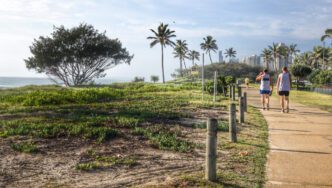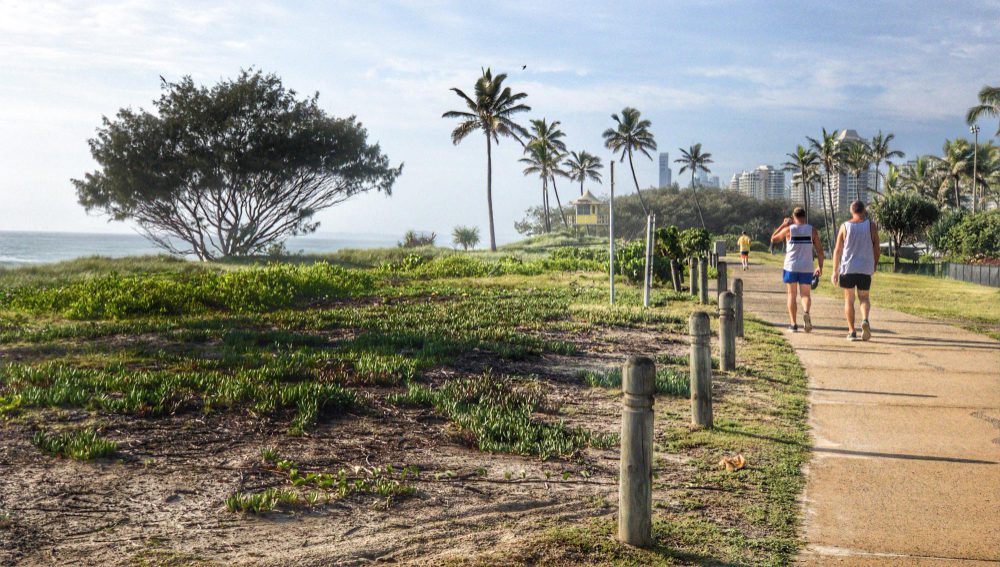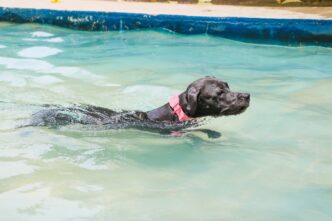A Quick Takeaway
The Story Behind the Trend
How to Make It Work for You
The Community View
Embarking on your first trail race in Miami offers a unique blend of athletic challenge and immersive natural beauty, a distinct departure from the city’s urban sprawl. This comprehensive guide is designed for aspiring trail runners—whether you’re a seasoned road runner or new to the sport entirely—who are ready to swap pavement for pine needles and discover the vibrant, often surprising, off-road landscapes of South Florida. We’ll cover everything from understanding the local terrain and essential gear to crafting a smart training plan and mastering race-day strategies, ensuring you’re fully prepared to conquer the trails and experience the profound rewards of this growing sport.
Why Trail Running in Miami?
Miami might be synonymous with beaches and cityscapes, but it harbors a rich network of trails that offer an unparalleled escape. Trail running here isn’t about scaling mountains; it’s about navigating the intricate ecosystems of hammocks, pinelands, and even cypress swamps. This unique environment provides a constantly changing, engaging surface that challenges your balance, agility, and mental focus in ways road running simply cannot.
Beyond the physical benefits, trail running in Miami offers a profound mental reset. The lush greenery, the sounds of local wildlife, and the fresh air provide a natural antidote to daily stresses. It’s an opportunity to reconnect with nature, find a sense of peace, and build a stronger, more resilient self, all while forging connections within a supportive community of fellow outdoor enthusiasts.
Understanding Miami’s Trail Terrain
Forget dramatic elevation changes; Miami’s trails present their own brand of technicality. You’ll encounter roots snaking across the path, loose rocks, stretches of soft sand, and often, significant mud, especially after rain. Water crossings are not uncommon, transforming a simple run into an adventurous wade. The flat nature of these trails means your body is constantly working to stabilize and react to uneven surfaces, engaging smaller stabilizing muscles often overlooked in road running.
Perhaps the most significant factor is Florida’s omnipresent heat and humidity. These conditions demand careful hydration and electrolyte management, even during shorter runs. Trails like those in Oleta River State Park offer a mix of paved sections, natural singletrack, and even some small climbs over bridges. Amelia Earhart Park provides open grassy areas alongside wooded trails, while parts of Everglades National Park offer a truly wild, remote experience, often with a higher chance of encountering wildlife.
Essential Gear for Florida Trails
Footwear: Your Foundation
Your choice of trail shoes is paramount. Look for shoes with aggressive lugs for superior grip on wet, muddy, or sandy surfaces. A rock plate in the midsole offers protection from sharp roots and rocks, while good drainage features are crucial for managing inevitable water encounters. Brands like Hoka, Salomon, and Altra offer excellent options designed for varied trail conditions.
Hydration: Non-Negotiable
Given Miami’s climate, carrying water is not optional. A hydration vest or belt with bottles is highly recommended, even for shorter distances. Aim to carry more water than you think you’ll need, and consider adding electrolyte tablets or mixes to replenish salts lost through sweat. Staying ahead of dehydration is key to both performance and safety.
Apparel and Protection
Opt for lightweight, moisture-wicking fabrics in light colors to reflect sunlight. A wide-brimmed hat and sunglasses are essential for sun protection. Due to Florida’s abundant insect population, especially mosquitoes and gnats, a good quality insect repellent is absolutely non-negotiable. Many runners also find gaiters useful to prevent sand and debris from entering their shoes.
Nutrition and Safety
For races longer than an hour, carry easily digestible fuel like energy gels, chews, or fruit. A small, basic first-aid kit containing blister treatment, antiseptic wipes, and pain relievers can be a lifesaver. Always carry a fully charged phone for emergencies and consider sharing your route with someone before you head out.
Training for Your First Trail Race
Building a Solid Base
If you’re new to running, start by building a consistent base of road running for several weeks. Gradually increase your mileage and ensure you can comfortably run the distance of your target trail race on pavement before introducing technical terrain. This foundational aerobic fitness will serve as a strong platform for your trail-specific training.
Trail-Specific Workouts
Once you have a base, incorporate at least one trail run per week. Focus on varied terrain, even if it’s just a local park with grassy hills or uneven paths. Practice lifting your feet higher to clear obstacles and looking several steps ahead to anticipate changes in the trail. Include drills that improve agility, such as quick foot taps, side shuffles, and cone drills, to enhance your proprioception and reactivity on dynamic surfaces.
Strength and Stability
Strength training is crucial for trail runners. Focus on exercises that strengthen your core, glutes, and ankles. Lunges, squats, calf raises, planks, and single-leg balances will build the stability needed to navigate uneven terrain and prevent injuries. Incorporate plyometric exercises like box jumps to improve power and reaction time.
Heat Acclimation
Gradually expose yourself to running in the heat and humidity. Start with shorter efforts and slowly increase duration. Hydrate diligently before, during, and after these runs. Listen to your body and don’t push too hard, especially in the peak heat of the day. Acclimation takes time, typically 10-14 days of consistent exposure, so plan accordingly.
Race Day Strategies for Success
Pre-Race Preparation
If possible, scout a portion of the race course a few weeks prior to get a feel for the terrain. The day before, lay out all your gear, check the weather forecast, and finalize your nutrition and hydration plan. Ensure you get adequate sleep and eat a familiar, easily digestible meal the night before.
Pacing and Foot Placement
Trail running is inherently slower than road running. Resist the urge to start too fast. Focus on effort rather than pace, and be prepared for your speed to fluctuate significantly based on the terrain. Conserve energy in the early miles. Practice looking 5-10 feet ahead of you, scanning the trail for obstacles and planning your foot placement. This proactive approach helps you react smoothly and efficiently.
Embrace the Elements
Mud, roots, and humidity are part of the Florida trail running experience. Don’t fight them; embrace them. Acknowledge that you might get wet, muddy, or sweaty, and focus on the adventure. Maintaining a positive mindset, even when conditions are challenging, can make a huge difference in your race experience.
Fueling and Mental Fortitude
Stick to your planned fueling schedule, taking in calories and electrolytes regularly. Break the race down into smaller, manageable segments, focusing on reaching the next aid station or landmark. When fatigue sets in, remind yourself of your training and the unique beauty surrounding you. The mental game is as important as the physical one on the trails.
Finding Your First Miami Trail Race
Miami and South Florida boast a growing trail running scene. Local running clubs, such as the Miami Trail Runners or South Florida Trail Runners, are excellent resources for finding group runs and learning about upcoming events. Websites like Ultrasignup and local running store calendars often list trail races. Consider starting with a shorter distance, such as a 5K or 10K trail race, to get a feel for the experience before tackling longer distances. The Everglades Ultras series and various races held within Florida State Parks are popular choices that offer a true taste of the local trail environment.
Embrace the Adventure
Running your first trail race in Miami is more than just a physical challenge; it’s an invitation to explore the hidden natural wonders of South Florida and discover a new dimension of your own capabilities. With proper preparation, the right gear, and an open mind, you’ll not only conquer the trails but also forge a deeper connection with nature and a vibrant community of fellow runners. Step off the pavement, embrace the wild, and prepare for an unforgettable adventure.








